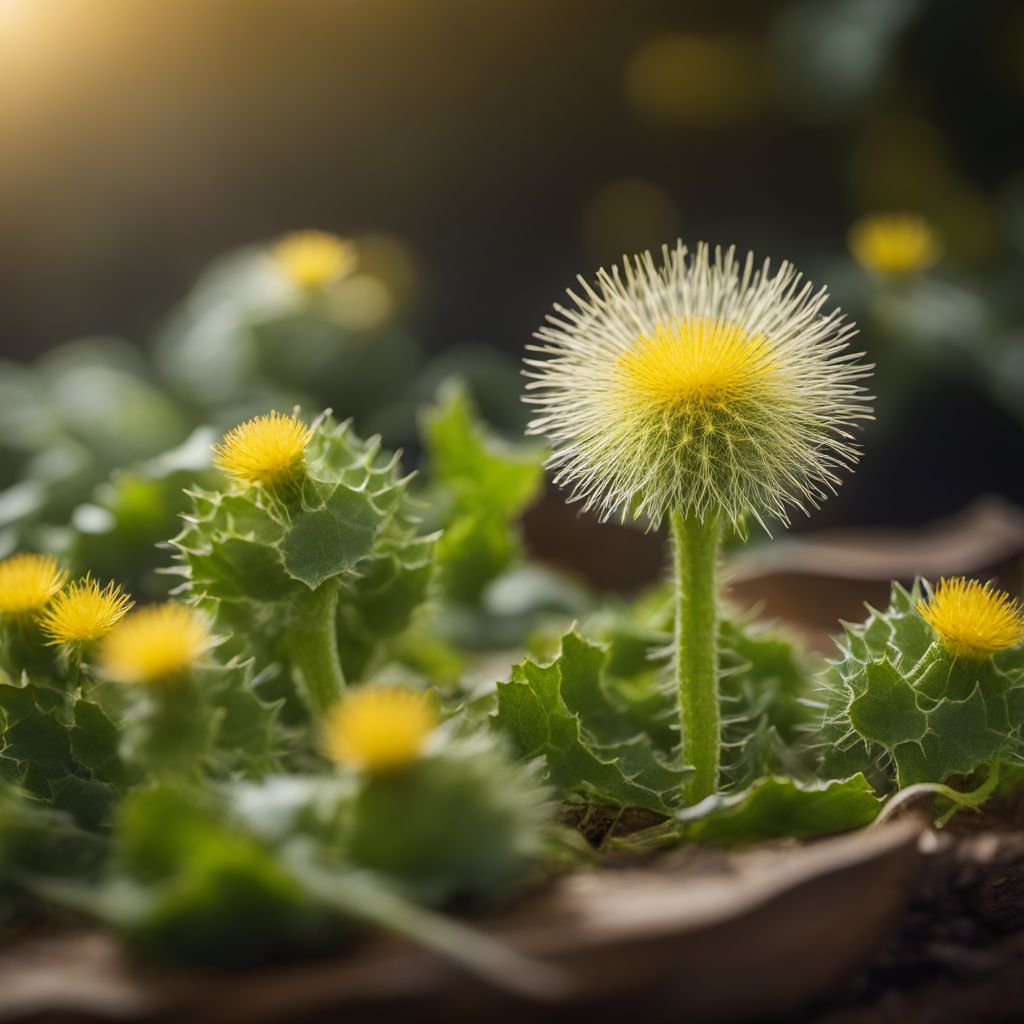
Ingredient
Sowthistle leaves
Vibrant Greens Packed with Nutrients
Sowthistle leaves, also known as Sonchus oleraceus, are vibrant green leaves that belong to the daisy family. They are highly nutritious and offer a range of health benefits, making them a valuable addition to a balanced diet.
Origins and history
Sowthistle leaves have a long history of culinary and medicinal use. They have been consumed in various cultures for their nutritional value and potential health benefits. Today, they are enjoyed in salads, stir-fries, and other dishes around the world.
Nutritional information
Sowthistle leaves are a rich source of vitamins A, C, and K, as well as minerals like calcium, iron, and potassium. They are low in calories and high in dietary fiber, making them a nutritious choice for promoting digestive health and overall well-being.
Allergens
May cause allergic reactions in individuals with sensitivities to other plants in the daisy family, such as ragweed or dandelion.
How to select
When selecting sowthistle leaves, look for fresh, vibrant greens with no signs of wilting or discoloration. Choose leaves that are crisp and tender, without any yellowing or blemishes. Avoid leaves that appear damaged or have insect infestations.
Storage recommendations
To maintain the freshness of sowthistle leaves, store them in a plastic bag or airtight container in the refrigerator. They can stay fresh for up to a week. Before using, rinse the leaves thoroughly under running water to remove any dirt or debris.
How to produce
Sowthistle leaves can be easily grown in home gardens or containers. They thrive in well-drained soil and require regular watering and sunlight. Harvest the leaves when they are young and tender for the best flavor and texture.
Preparation tips
Sowthistle leaves can be enjoyed raw in salads, added to sandwiches, or used as a bed for other ingredients. They can also be cooked by sautéing, steaming, or blanching. Incorporate them into stir-fries, soups, or as a nutritious side dish.
Culinary uses
Sowthistle leaves are commonly used in salads, stir-fries, and soups. They add a vibrant green color, a mild bitterness, and a nutritional boost to these dishes. They can also be used as a substitute for other leafy greens in various recipes.
Availability
Commonly available in farmers markets and specialty grocery stores.
More ingredients from this category » Browse all

Nightshade, black
The Dark Delight: Unveiling the Secrets of Black Nightshade
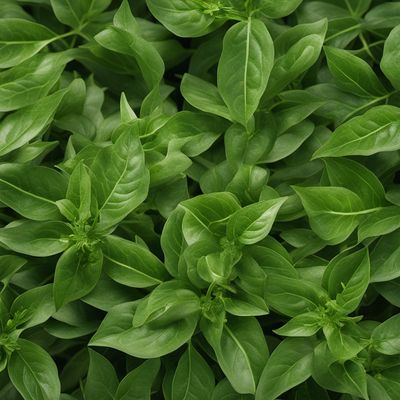
Pepper leaves
The Leafy Delight: Unveiling the Hidden Potential of Pepper Leaves
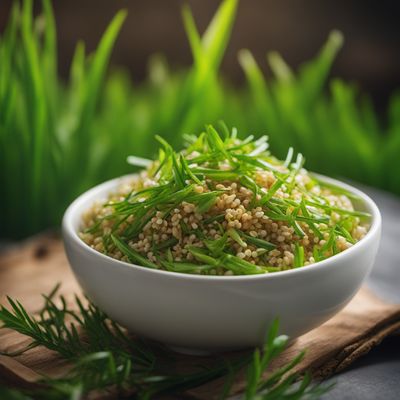
Melientha grass
The Fragrant Herb: Unveiling the Wonders of Melientha Grass
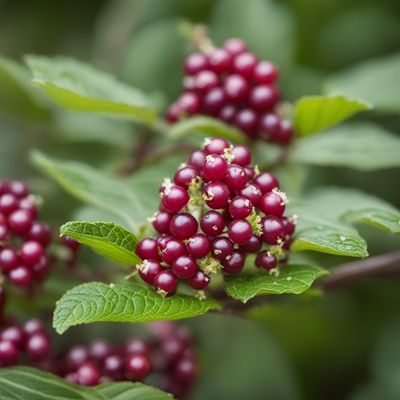
Pokeweed
The Wild Wonder: Pokeweed
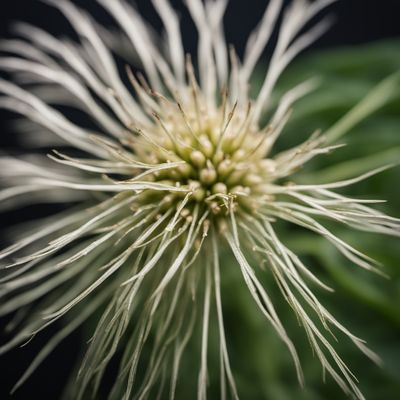
Salsify leaves
The Verdant Delight: Unveiling the Hidden Potential of Salsify Leaves
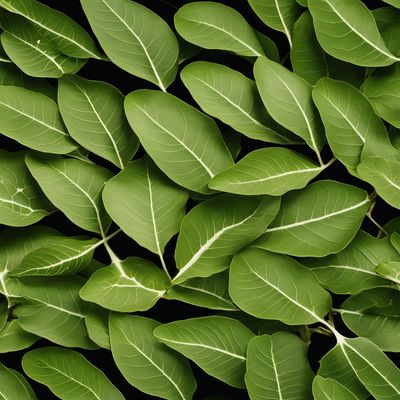
Baobab leaves
The Nutritional Powerhouse: Baobab Leaves Unveiled

Jew's mallow leaves
The Nutritional Powerhouse: Jew's Mallow Leaves
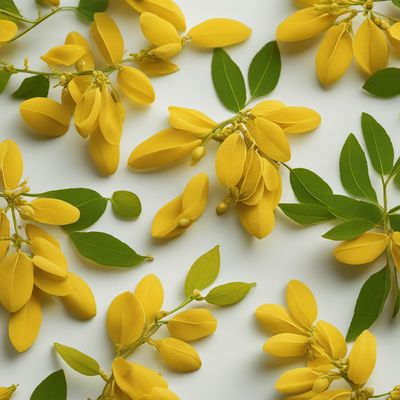
Senna leaves
The Natural Laxative: Unveiling the Power of Senna Leaves
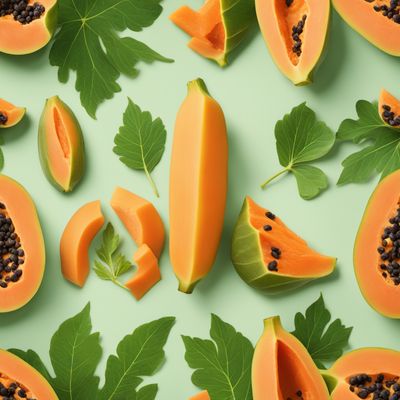
Papaya leaves
The Healing Green
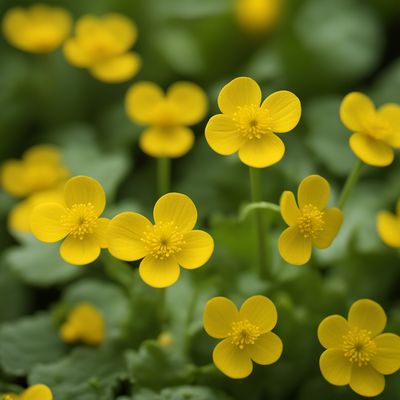
Marsh marigold leaves
The Golden Herb
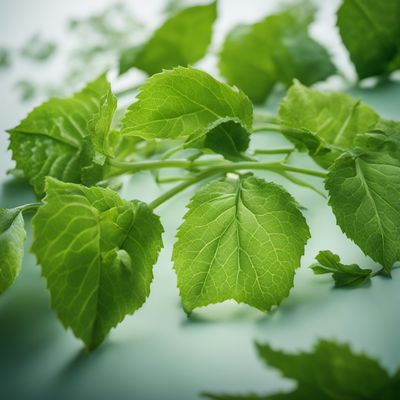
Balsam pear leaves
The Healing Power of Balsam Pear Leaves
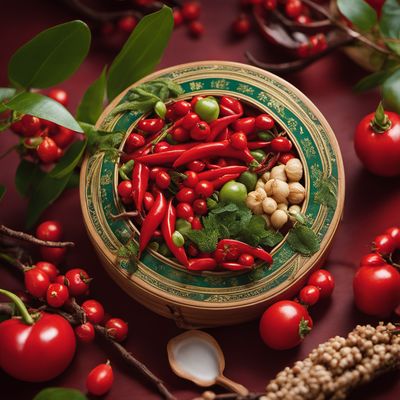
Box thorn
Nature's Tang